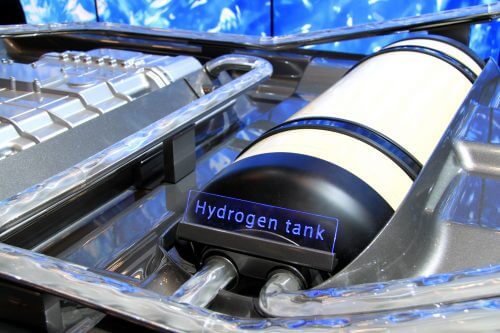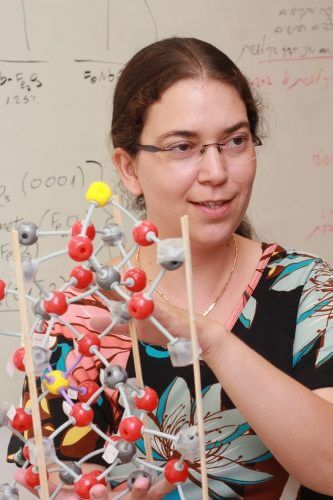Researchers at the Technion deciphered the mechanism that accelerates the process of water decomposition through "iron doping"

Researchers at the Faculty of Materials Science and Engineering at the Technion cracked the mechanism of action of the best catalyst for splitting water, by deciphering the process of iron doping. This is reported by the journal Physical Chemistry Chemical Physics.
The research reveals for the first time the reason that doping the catalyst with iron (that is, contaminating the catalyst with small amounts of iron) is successful and effective in catalyzing water oxidation. A deeper understanding of this water splitting mechanism is expected to lead to the development of additional catalysts that can split water and store energy.
Water splitting is a process in which water is broken down into its components, namely hydrogen and oxygen. The practical goal of this process is the production of hydrogen fuel, which is considered a clean fuel because the propulsion of hydrogen results in the emission of only water. Recently, a particularly successful substance was found that can speed up the water oxidation process: NiOOH (nickel oxyhydroxide). This material has been used in batteries for many decades, but only recently it became clear that when it is doped (contaminated) with a little iron, it greatly accelerates the water decomposition process. Since the discovery, many groups in the world have been using this catalyst for splitting water, but the mechanism that gives iron doping its effectiveness has not been explained until now.

The research group of Prof. Mishna Mittal Kesferi Turoker deals with theoretical-computational methods for characterizing the properties of materials and finding a correlation between the structure of the material and its properties. These methods also make it possible to decipher the aforementioned phenomenon, that is, the effect of the iron-containing catalyst on the decomposition of water. The Technion researchers discovered that the iron is able to change oxidation states easily when it is inside the catalyst, which is the key to the success of the chemical process. In other words, the secret lies in the ability of the iron-contaminated material to change oxidation states during the chemical reaction.
In 2016, the group published 12 articles - a very significant achievement in the academic world - a significant part of which deals with the characterization of the NiOOH catalyst. The current article, written by Prof. Caspari-Turoker together with student Vicki Fidelski, was selected as a cover article and will appear in the upcoming edition on the cover of the printed newspaper. Fidilsky published the article during her master's degree as part of the Grand Energy Program at the Technion, which assists in this research.
See more on the subject on the science website:

2 תגובות
1. The word "Doping" can be translated into Hebrew in two forms: "Doping" or "Iloh". In the case where atoms, ions or any compounds are inserted into a structure made of another material, it is translated in the languages of chemistry and physics as "implantation", in contrast to the language of modern medicine which is translated as "doping".
2. The divalent iron is an ion with photoelectric properties, meaning it can easily oxidize to trivalent iron even if there is only the presence of light, without the need for another chemical oxidizer in its environment. This can certainly help with the ease of its oxidation during its catalytic activity. I wonder if in the current publication the researchers use visible light projection in order to accelerate this catalyst even more...